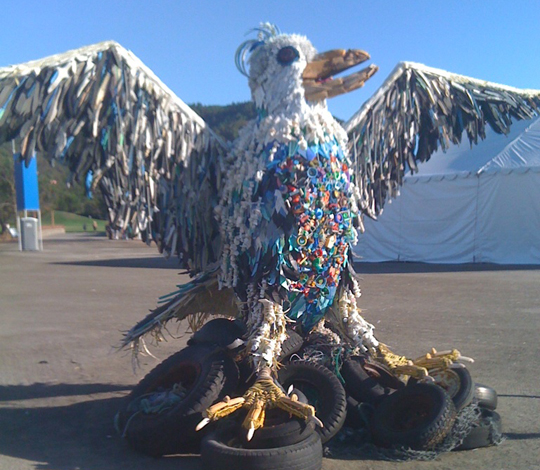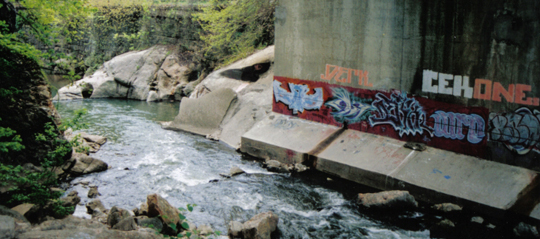
When I work with clients, whether on a design project or a sustainability initiative, I notice that people tend to go straight to technologies, strategies, and solutions. These certainly have their place, but they are not enough to sustain the project or the change campaign over the long haul.
Why not? In any creative venture when multiple variables are considered, we hit walls. Roadblocks. Stumbling points. Especially in collaborations, which basically covers everything in the world of business. (Isn’t it odd how effective collaboration is not generally taught in school? More on that another time.)
The most efficient way out of those impasses is a clear sense of purpose – in other words, knowing your “why.” Organizations that have a clear sense of why leave people inspired and excited about solving tough problems. On the other hand, if you are overly invested in specific what’s and how’s, it is very difficult to see new possibilities when a problem inevitably arises.
The importance of knowing not only WHAT we are creating, changing, or doing, but WHY, is put very elegantly by Simon Sinek in his book, “Start With Why.” Full disclosure: I haven’t yet read the book, but his website has some great video and downloads that explain the very simple concepts.
Sinek’s “Golden Circle” is a great visualization: three concentric rings with “why” in the center, then “how,” and finally “what.” Why is, fittingly, at the core. In his words, “why” speaks directly to our emotions, which is the place in our brain where decisions are made. When we align intuition and emotion with abstraction and planning, it’s a powerful combination.
As an example, Sinek points out, Martin Luther King had strong beliefs about justice and human rights. That was his “why.” He happened to live at a time when a great movement was stirring; that was the “what.” In his many inspiring speeches, he spoke about what he believed, and that became contagious. When he stood up to make his famous speech on the Mall in Washington, D.C., he didn’t say, “I have a plan.” He said, “I have a dream.”
I recently asked a client – a commercial photographer – to tell me her “why.” Here it is: “I suppose my “why” has to do with living what I believe, despite the personal costs. When I die I want to know that I have lived a life without hypocrisy. My success will not be measured in dollars, but rather in promises I have kept.”
I know her to be someone who conscientiously walks her talk. In her photography work, she switched to digital before anyone else – motivated initially by the environmental benefits. When she hired me to help them renovate an old barn into a gorgeous photo studio, the priorities were energy efficiency, salvaged and non-toxic materials, and solar hot water heat. She just seems to have an innate sense of how to prioritize and live her values through all aspects of her business. As she says in a recent blog post, “I have come to a cross roads on my career path and want now more than ever to wade into good-for-the-world commerce.”
What’s the “green why” in your project, green campaign, or brand? How clear is it to your clients, customers, and employees – both present and prospective?






 View the dynamic, moving GOforChange: Greening Baltimore video
View the dynamic, moving GOforChange: Greening Baltimore video






